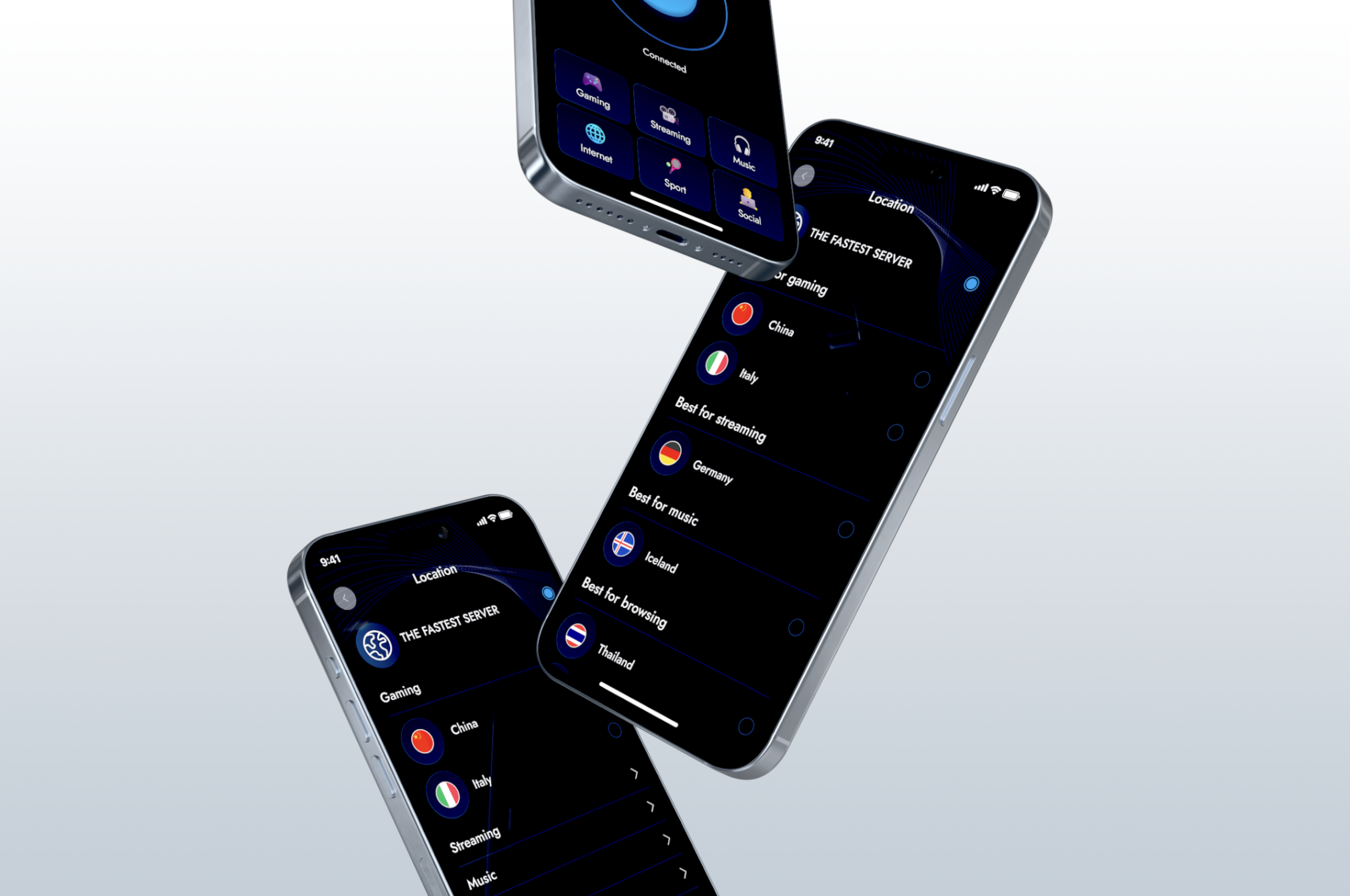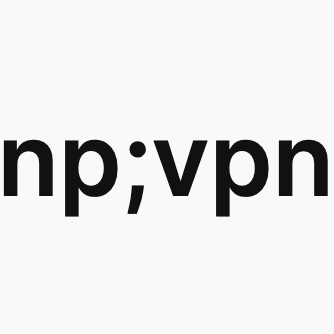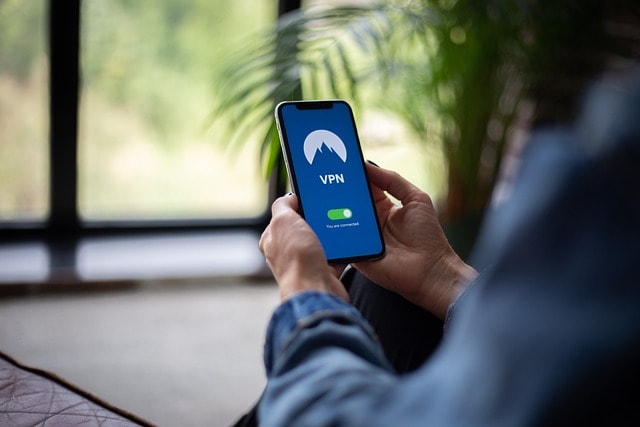Want to create your own VPN app for Android? VPN apps now are more popular than ever, giving users privacy, security, and access at their fingertips. Here’s a step-by-step guide on how to make a VPN app for Android.
Understanding VPN App Development
Developing a VPN app requires a solid grasp of networking protocols, encryption methods, and security measures. A VPN app is designed to create a secure and private connection between a user’s device and the internet, ensuring their data remains protected. To embark on this journey, you need proficiency in programming languages such as Java or Kotlin for Android development. These languages are essential for building robust and efficient VPN apps.
Choose Your Technological Stack
The first step in VPN app development for Android is to decide on the technology stack. This is crucial since it influences the VPN protocols, server types, and modules you’ll need.
To add a VPN service to your app, you need to create an Android service that inherits from VpnService. This service must be declared in the app’s manifest file to ensure the system can manage it automatically during events like always-on VPN.
Kotlin vs. Java
For native Android development, you have two main options: Kotlin and Java. Each has benefits:
- Kotlin: Modern, convenient, and powerful. It has a simpler syntax, making it easier to write and manage code. Kotlin supports coroutines, which help handle tasks like network operations, data encryption, and VPN connections in a more efficient way. Many app developers find it a natural fit for building VPN apps.
- Java: Still a solid option, especially if you already know it. Java provides direct access to Android’s built-in VPNService, making it compatible with Android’s VPN client libraries and VPN profile management.
Think Beyond Android

Your app doesn’t need to be limited to Android. If you’re going to put in the work, why not make it available on other devices like Android TV or even Chrome extensions? Expanding your VPN app to other platforms like Android TV lets you reach more users.
Consider using cross-platform frameworks like React Native or Flutter. These let you develop a VPN that works on multiple platforms (Android, iOS, Windows, macOS) with a single codebase. Flutter, for example, is great for creating apps for Android, iOS, the web, and desktop platforms like Windows and macOS, saving time and resources in the process.
Open-source solutions like Sing-box can also simplify the process by providing support for a variety of protocols, making it easier to set up and adapt your VPN service across different platforms.
Remember about the Backend
Creating a VPN application isn’t just about coding the app interface; you also need a backend infrastructure to make it work. A VPN service relies on server connections to manage data and ensure user security.
A solid server setup is essential to handle the influx of VPN connection from users. Each VPN protocol has its own requirements, so choosing the right backend is crucial. Some protocols might even be restricted in certain regions, so selecting adaptable backend software is important.
Popular tools like Marzban can help set up and manage your VPN servers. They support advanced protocols like VLESS and Xray, which allow VPN connections to bypass censorship and handle secure data transfer. This is especially useful if your app targets regions with strict internet controls.
Get Started with Android Development
If you’ve got some coding skills, you can start developing your VPN app in Android Studio, the go-to Integrated Development Environment (IDE) for Android development. For those less experienced, hiring a developer from platforms like Fiverr or Upwork might be a good move.
Using Android VPNService API
The VPN Service API in Android is a built-in tool that helps create a VPN client interface. This API enables your app to manage VPN connection, allowing users to connect to your virtual private network and access your VPN service.
- Requesting Permissions: Your app will need to request user permissions to access the VPN network and connect to external servers.
- Building the User Interface: Make the UI clean and user-friendly. Add features like a one-tap connect button, a country selector, and a quick view of the VPN connection status so users know if they’re secure.
Adding Essential Features

Include features that make your app more than just a basic VPN:
- Split Tunneling: Let users decide which apps or sites use the VPN connection and which don’t, optimizing their experience and internet speed.
- Always-On VPN: Ensure users stay connected to your VPN at all times, providing non-stop privacy and security even if the network changes.
- Country Selector: Give users the option to choose different server locations, allowing them to bypass regional restrictions and access content from other countries.
Select the Right VPN Protocols and Encryption
Your VPN service is only as good as the protocols and encryption methods it uses. VPN protocols like WireGuard and Shadowsocks are efficient and widely respected. For secure VPN connection, these protocols are essential, especially for Android VPN.
- WireGuard: Known for its speed and efficiency. It’s lightweight, making it great for VPN apps on mobile devices like Android.
- Shadowsocks: Excellent for bypassing censorship in restricted regions. It’s especially useful if your app will be used in countries with heavy internet regulations.
- VLESS and XTLS: These are advanced protocols ideal for privacy and evading censorship. They make VPN connection look like regular internet traffic, making it harder for them to be blocked.
Testing
Before launching, thorough testing is essential. Make sure both the app and backend are stable and ready to handle multiple VPN connections. Testing will also ensure your app runs smoothly on different devices, OS versions, and network types.
If your VPN app offers multiple server locations, set up test servers in different countries to check connectivity and performance. Finding testers in various regions is ideal to confirm that your VPN connections work globally.
Launching
Once everything’s set up and tested, it’s time to launch on the Google Play Store. Remember, app stores like Google Play store have specific guidelines for VPN services, especially related to privacy, security, and data usage.
Be prepared for user feedback after launch. Address any bugs or connection issues quickly to maintain good reviews and user satisfaction. Keep in mind that some countries restrict VPN services, so you might also want to consider alternative distribution methods like using Telegram for direct app links.
Maintaining and Updating Your VPN App
Publishing your Android VPN app is just the beginning. Regular maintenance and updates are essential to ensure that your app remains secure and functional. This includes fixing bugs, updating protocols, and adding new features and servers to enhance the user experience.
Monitoring user feedback and reviews is vital to identify areas for improvement. Addressing user concerns promptly can help maintain a positive reputation and user satisfaction. Additionally, staying up-to-date with changes in the VPN industry, such as new security threats or advancements in technology, will enable you to keep your app competitive and relevant.
By following these steps, you can create a robust and reliable VPN app that meets the needs of your users and stands out in the competitive market.
Summary
Creating a VPN app for Android involves several key steps:
- Choose Your Tech Stack: Kotlin or Java for Android development.
- Backend Setup: Reliable server infrastructure with support for various protocols.
- App Development: Use Android VPNService API for the VPN interface and features.
- Testing: Ensure compatibility, stability, and performance across regions.
- Launch on Google Play: Follow guidelines and prepare for feedback.
Building a VPN app may seem complex, but with the right tools and planning, it’s entirely doable. Services like np;vpn can also simplify the process, helping you get a secure and reliable VPN app for android device ready for users in no time.
Explore our guide on How to Make a VPN App for iOS to expand your VPN service across platforms.


Leave a Reply